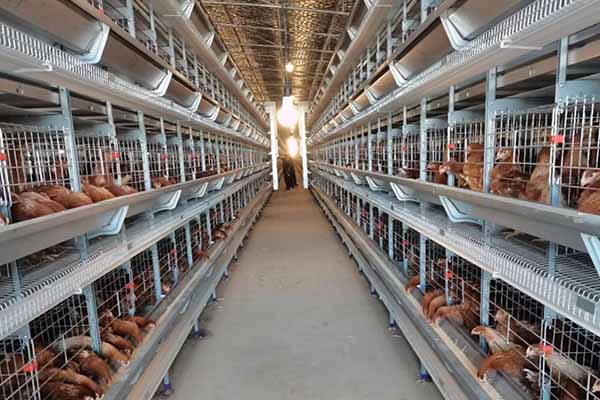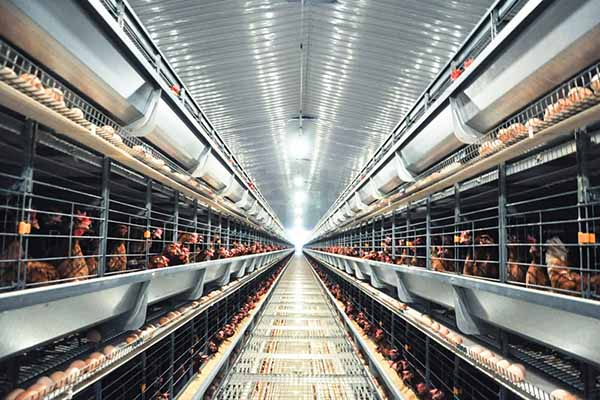Optimizing Small Poultry Design: A Guide for Farm Owners
As a professional poultry farming equipment supplier, Livi Machinery understands the importance of efficient and practical small poultry design. In this article, we will delve into the key aspects of designing small poultry farms, offering insights that can help both experts and farm owners create a productive and cost-effective environment for their birds.
Choosing the Right Layout
When designing a small poultry farm, the layout is crucial. It should accommodate the number of birds, allow for easy cleaning, and ensure the health and well-being of the poultry. A well-planned design can reduce stress on the birds and improve their productivity.
Consider the following layout tips:
- Separate areas for different age groups to minimize disease spread.
- Provide enough space for each bird to move around comfortably.
- Incorporate nesting boxes and perches to simulate natural behavior.
Efficient Ventilation and Temperature Control
Proper ventilation is essential for maintaining a healthy environment. It helps to control ammonia levels, reduce moisture, and prevent the buildup of dust and dander. Additionally, temperature control is vital for keeping the birds comfortable and reducing stress.
Here are some ventilation and temperature control considerations:
- Install ventilation systems that can be adjusted according to weather conditions.
- Use thermostats to maintain a consistent temperature within the poultry house.
- Ensure that the ventilation system is well-maintained to prevent air leaks and inefficiencies.
Water and Feeding Systems
The water and feeding systems are the lifeblood of a poultry farm. They must be reliable, easy to clean, and designed to minimize waste. Automatic watering and feeding systems can save time and reduce the risk of disease transmission.
Here are some tips for efficient water and feeding systems:
- Use nipple drinkers to prevent waste and ensure clean water access.
- Install automatic feeders that can be programmed for different feeding schedules.
- Regularly inspect and clean water and feeding equipment to maintain hygiene.
Health and Biosecurity Measures
Preventing diseas e is a top priority in poultry farming. A well-designed farm should incorporate biosecurity measures to minimize the risk of disease outbreaks.
e is a top priority in poultry farming. A well-designed farm should incorporate biosecurity measures to minimize the risk of disease outbreaks.
Consider the following health and biosecurity strategies:
- Implement a strict cleaning and disinfection routine.
- Control access to the farm by limiting visitors and requiring proper hygiene measures.
- Monitor the health of the birds regularly and act promptly in case of illness.
Conclusion
Designing an effective small poultry farm requires careful planning and attention to detail. By considering factors such as layout, ventilation, water and feeding systems, and health and biosecurity measures, farm owners can create an environment that promotes the health and productivity of their birds. At Livi Machinery, we offer a range of high-quality poultry farming equipment and services designed to help you optimize your small poultry design. Contact us today to learn more and start improving your farm’s efficiency.

